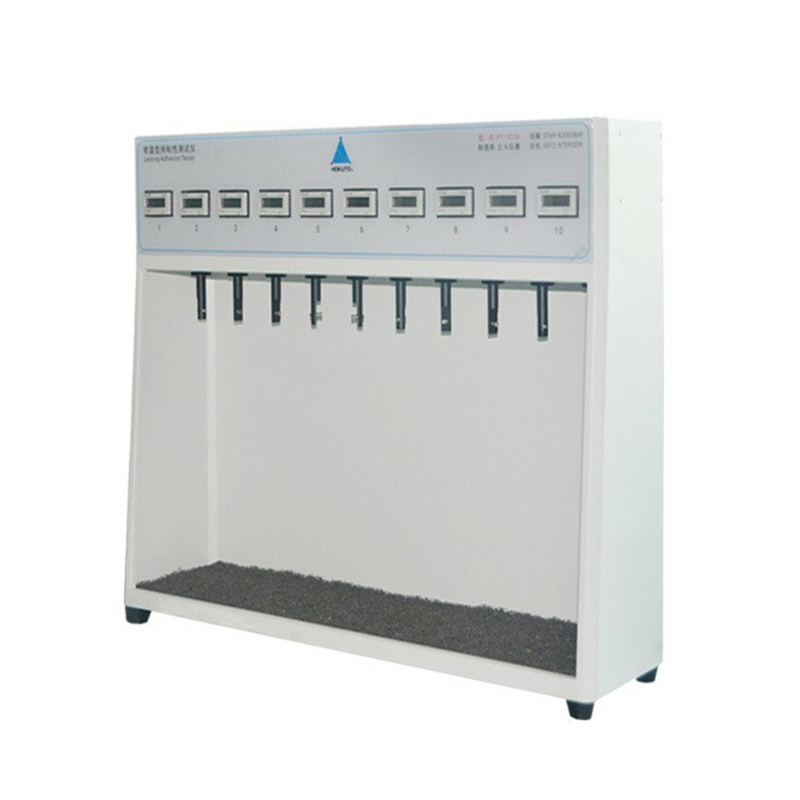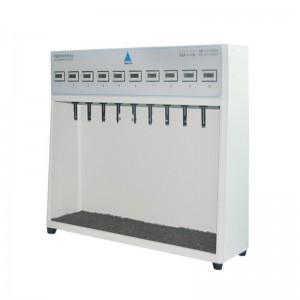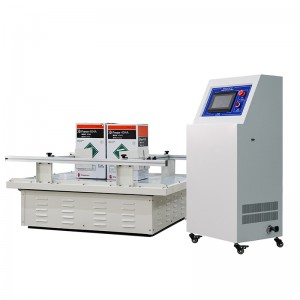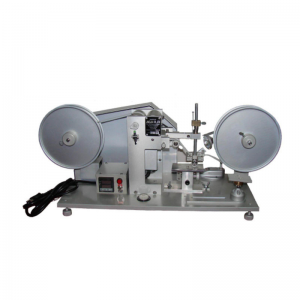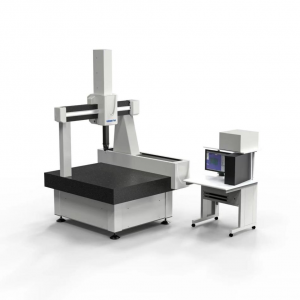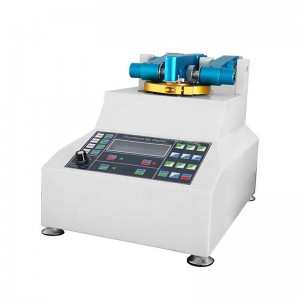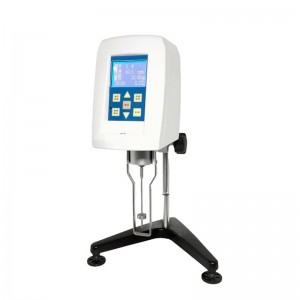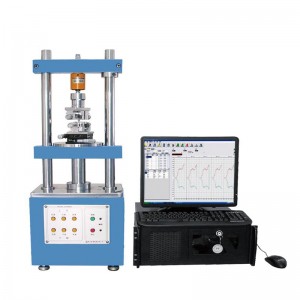Tape retention testing machine
Parameter
| Model | KS-PT01 10 sets at normal temperature |
| Standard pressure roller | 2000g±50g |
| Weight | 1000±10g (including the weight of the loading plate) |
| Test plate | 75 (L) mm × 50 (B) mm × 1.7 (D) mm |
| Timing range | 0~9999h |
| Number of workstations | 6/10/20/30/can be customized |
| Overall dimensions | 10 stations 9500mm×180mm×540mm |
| Weight | About 48kg |
| Power supply | 220V 50Hz |
| Standard configuration | Main machine, Standard pressure roller, Test board, Power cord, Fuse
test plate, Pressure roller |
Features
Tape adhesive sealing tape label plaster viscosity tester
1. Using microcontroller for timing, the timing is more accurate and the error is smaller.
2. Super long time timing, up to 9999 hours.
3. Imported proximity switch, wear-resistant and smash-resistant, high sensitivity and longer service life.
4. LCD display mode, display time more clearly,
5. PVC operation panel and membrane buttons make operation more convenient.
How to operate
Tape retention testing machine
1. Place the instrument horizontally, turn on the power switch, and place the weight in the slot under the hanger.
2. For unused workstations, press the "Close" button to stop using them, and to restart the timer, press the "Open/Clear" button.
3. After removing 3 to 5 circles of adhesive tape on the outer layer of the adhesive tape test roll, unwrap the sample roll at a speed of about 300 mm/min (the isolation layer of the sheet sample is also removed at the same speed), and remove the isolation layer at a rate of about 300 mm/min. Cut a sample with a width of 25 mm and a length of about 100 mm in the middle of the adhesive tape at intervals of about 200 mm. Unless otherwise specified, the number of specimens in each group shall not be less than three.
4. Use a wiping material dipped in detergent to scrub the test board and loading board, then dry them carefully with clean gauze, and repeat cleaning three times. Above, the working surface of the straight plate is visually inspected until it is clean. After cleaning, do not touch the working surface of the board with your hands or other objects.
5. Under the conditions of temperature 23°C ± 2°C and relative humidity 65% ± 5%, according to the specified size, stick the sample parallel to the longitudinal direction of the plate in the middle of the adjacent test plate and loading plate. Use a pressing roller to roll the sample at a speed of approximately 300 mm/min. Note that when rolling, only the force generated by the mass of the roller can be applied to the sample. The number of rolling times can be specified according to the specific product conditions. If there is no requirement, then rolling will be repeated three times.
6. After the sample is pasted on the board, it should be placed for 20 minutes at a temperature of 23℃±2℃ and a relative humidity of 65%±5%. Then it will be tested. The plate is fixed vertically on the test frame and the loading plate and weights are lightly connected with pins. The entire test frame is placed in a test chamber that has been adjusted to the required test environment. Record the test start time.
7. After the specified time is reached, remove the heavy objects. Use a graduated magnifying glass to measure the displacement of the specimen as it slides down, or record the time it takes for the specimen to fall off the test plate.


